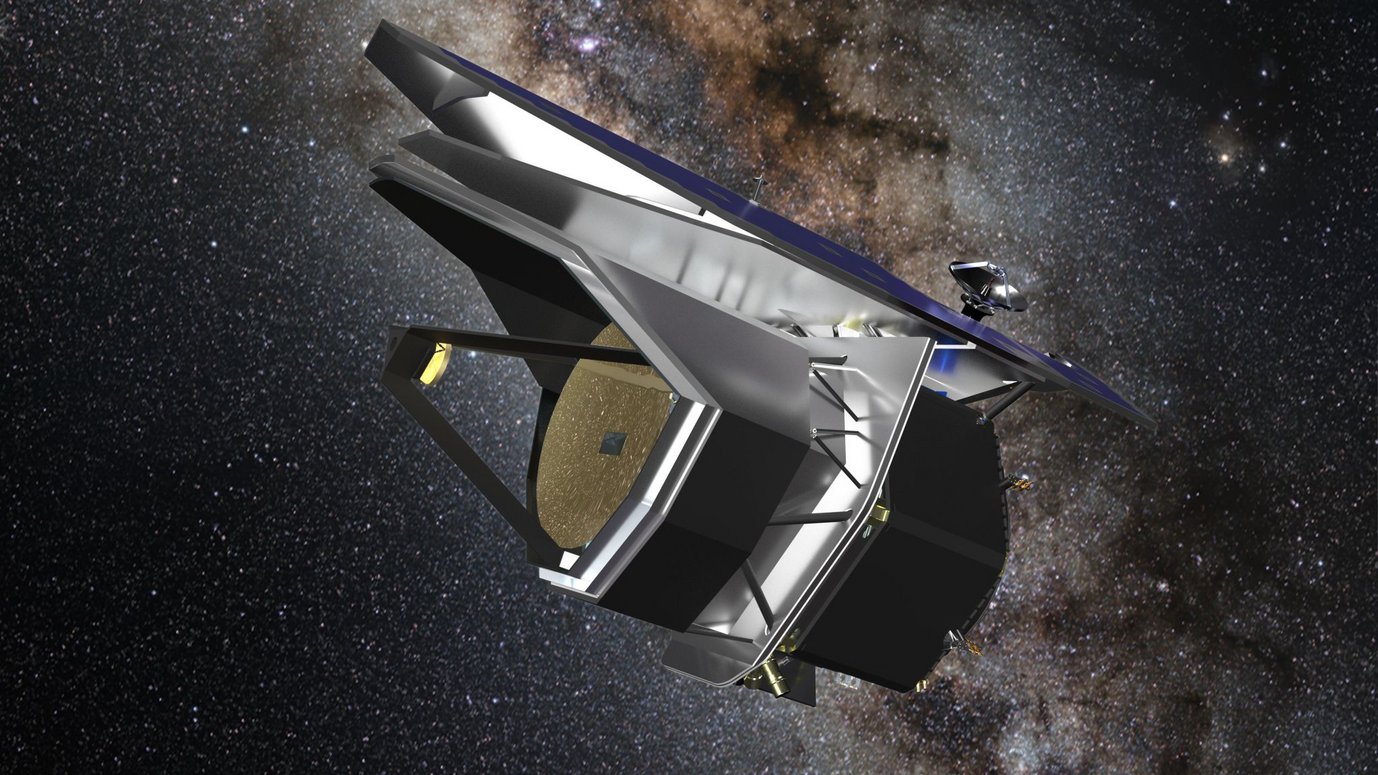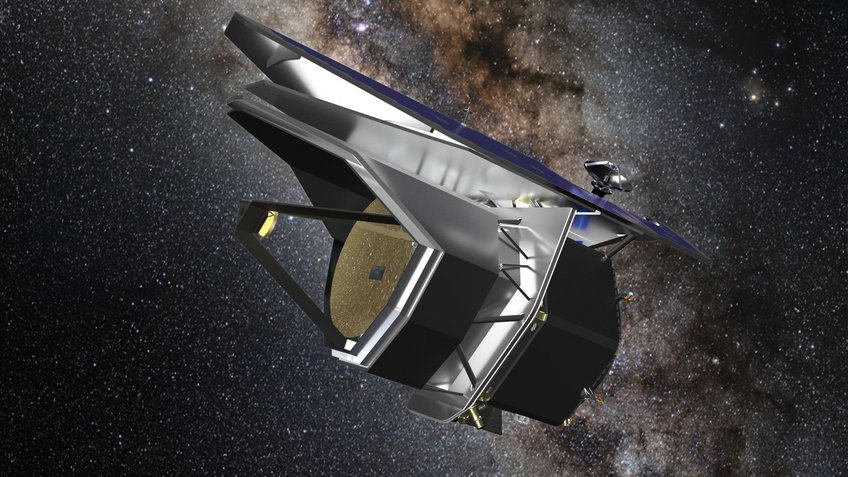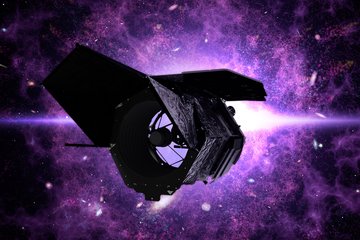New infrared space telescope with MPIA participation in sight
Kick-off for the PRIMA space telescope concept study
NASA recently selected the PRIMA (PRobe far-Infrared Mission for Astrophysics) project as one of two candidates for its new Probe Explorers mission class. PRIMA is designed as a space telescope that will observe in the far-infrared spectral range. MPIA contributes opto-mechanical components, including control electronics, for the two scientific instruments. The international PRIMA team has now met to kick off the conceptual design study phase, which will take about a year and a half. The study will serve as a basis for deciding whether PRIMA will be the one of the two space telescopes to be built and launched into space, presumably in 2031.

PRIMA is being developed as a NASA space telescope with an actively cooled 1.8-metre primary mirror made of aluminium. The two scientific instruments, a camera (PRIMAger) and a spectrograph (FIRESS), cover the spectral range between 24 and 261 micrometres. PRIMA is more than a hundred times more sensitive than previous missions, such as the Spitzer and Herschel space telescopes. To achieve this goal, the telescope and the measuring instruments must be cooled to –269 degrees Celsius.
The PRIMA consortium members anticipate a wealth of new insights that could deepen our understanding of the Universe. While PRIMA will serve as a tool for all astronomers worldwide in their own diverse research, the main research topics will be the conditions for planet and star formation and the evolution of galaxies.
Prima MPIA
“We are proud that MPIA is once again involved in a groundbreaking NASA space telescope thanks to its expertise,” says Oliver Krause, head of the Infrared Space Astronomy Group at the Max Planck Institute for Astronomy (MPIA) in Heidelberg. Krause and Thomas Henning are the two PRIMA Co-Investigators (Co-I) based at MPIA. “PRIMA will provide valuable observations for several key research areas at our institute, which we will be able to access quickly and without restriction thanks to our contribution to the hardware.”
MPIA’s technical contribution to PRIMA consists of two high-precision, actively controlled beam-steering mirrors – one each for PRIMAger (PRIMA Imager) and FIRESS (Far-InfraRed Enhanced Survey Spectrometer). Their task is to quickly and precisely align and stabilise the instrument's field of view through the telescope to different areas of the sky.
The new elements are being developed at MPIA with support from the industry and tested for the required specifications. MPIA experts will also work on the electronics that control these mirrors.
Many years of experience pay off
For MPIA, PRIMA is the latest in a long line of successful infrared space telescope participation. Starting with the ISO (Infrared Space Observatory) space telescope launched by ESA (European Space Agency) in 1995, whose Isophot camera was designed and built under MPIA leadership, Herschel and James Webb followed. Furthermore, the launch of the Nancy Grace Roman Telescope is planned for 2026, for which MPIA is also contributing critical technical components. Across all these projects, MPIA has consistently demonstrated its ability to develop and construct mechanisms to operate optical elements for cameras and spectrographs, earning an international reputation for its contributions to space exploration.
Phase A begins
The PRIMA team’s meeting on 8 November 2024 at the Jet Propulsion Laboratory (JPL) in Pasadena, USA, marks the official start of the project phase for the creation of a concrete concept study, known as Phase A. Alongside PRIMA, the AXIS (Advanced X-ray Imaging Satellite) X-ray telescope project is also in the running. NASA will decide which project to award in about a year and a half based on the two studies.
PRIMA is particularly convincing due to the unprecedented sensitivity of the detectors for infrared astronomy, which can reliably determine the chemical composition of planet-forming discs and distant galaxies as never before. The detectors used are KIDs (Kinetic Inductance Detectors), superconducting sensors that can count individual photons and simultaneously measure their energy and arrival time with high precision. These devices operate at temperatures close to absolute zero.
The new class of missions, the Probe Explorers, is designed to fill a gap in NASA’s exploration of the secrets of the Universe between smaller and flagship missions. NASA has capped the costs at 1 billion US dollars each, not including the expenses for the rocket, launch services and external contributions.


